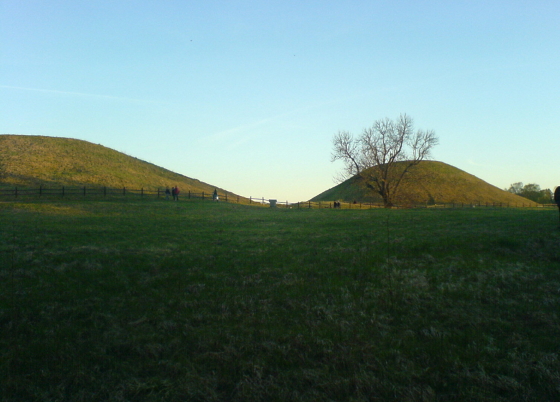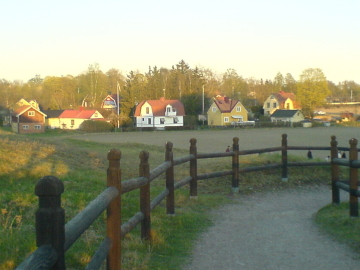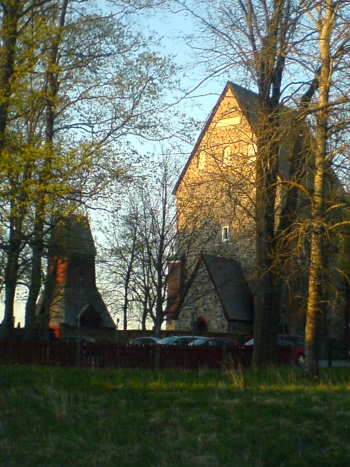Gamla Uppsala
Located just north of the city, Gamla Uppsala is one of the most historically significant places in Sweden, and has been a center for religious and political activity since the 5th century AD. The most striking feature of this area is the three impressive burial mounds rising up from the ground, called Kungshögarna (the Royal Mounds).
Kungshögarna (The Royal mounds)

S.Pathkiller 2009, The Royal mounds in Gamla Uppsala, CC
Although it has never been scientifically proven, stories abound that sacrifices, both animal and human were once made here to appease the Nordic gods. The oldest written account of the periodical midwinter sacrifices was written by a German missionary named Adam of Bremen in 1075. Bremen wrote about a nine-day festival in which everyone attended, even the Christians. He also described a heathen temple adorned with gold, and a large evergreen tree with a nearby spring where the sacrifices were carried out. He stated that the bodies of males, including dogs, horses and men were then hung in a sacred grove of trees near the temple.
It is unclear if the heathen temple ever actually existed, but we do know that the Royal Mounds are the largest of the many burial mounds found around Uppsala, and that there are upwards of 2,500 graves in the area surrounding the mounds. It is also uncertain just who is buried in the mounds, but excavations carried out in the 19th century led to the conclusion that they must have been very important noblemen.

S.Pathkiller 2009, The walking trail near the mounds, CC
The first excavation was made in the east mound, also known as Oden’s Mound in 1846. The dig revealed a cairn containing a few burned bone fragments and pieces of helmet. The west mound, or Tor’s Mound, was excavated in 1874. This led to the discovery of the remains of burned bones, both human and animal, along with small pieces of amber and gold.
Directly east of the Royal Mounds is another large mound, flattened on top, where people once gathered for religious and political meetings. This mound is called Tingshögen (the Ting Mound). Tingis a Viking word for a legislative assembly and a court. Criminals would have been brought here to decide their fate. This place may also have played some part in the election of a king. It is said that King Gustav Vasa addressed his subjects on more than one occasion from the Ting Mound.
Christianity comes to Uppsala

S.Pathkiller 2009, The church in Gamla Uppsala, CC
With the arrival of Christianity, Uppsala became the seat of the archbishop of Sweden. By the year 1164, a cathedral was being built on the grounds where a heathen hall had once stood. The cathedral remained for the next hundred years or so, but after being partiallly destroyed by a fire, the bishopric was relocated to the village Östra Aros, which would become present day Uppsala.
The parish church you see today was built in the 15th century and is only half the size of the original cathedral.
While you are in Gamla Uppsala, it would be worth the time to take the short walk over to Disagården, which is a museum farmyard from the 1800s. It is open from May through September and is free for visitors. It consists of a number of timber buildings decorated with period furnishings and tools. If you happen to be in Uppsala during the midsummer celebrations, Disagården is a great place to view and even join in the festivities.
Now that we have explored Gamla Uppsala, we will return to the city to continue our journey through Uppsala.